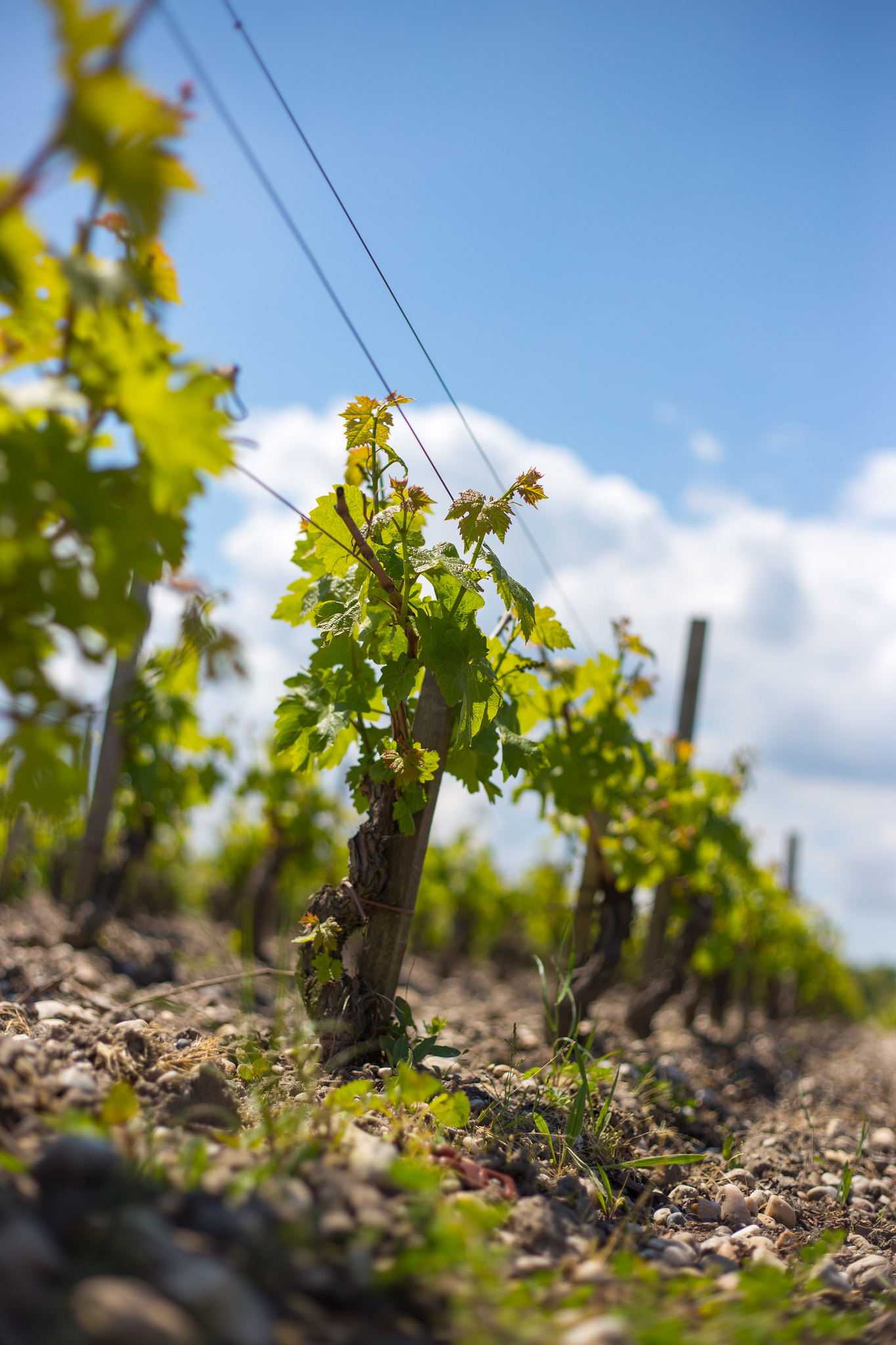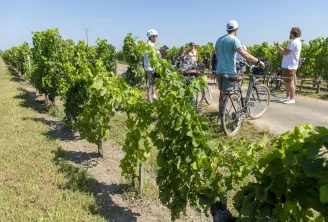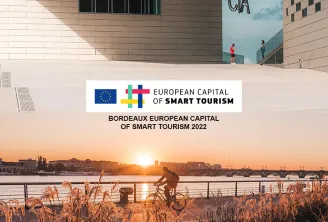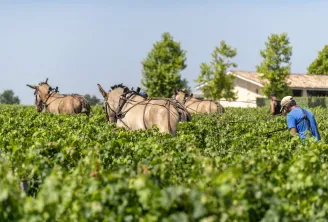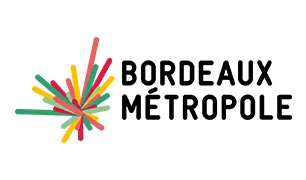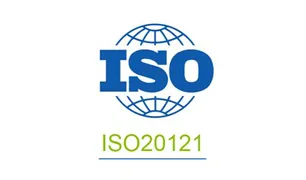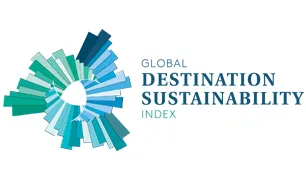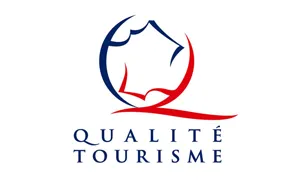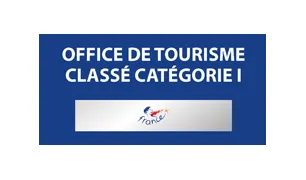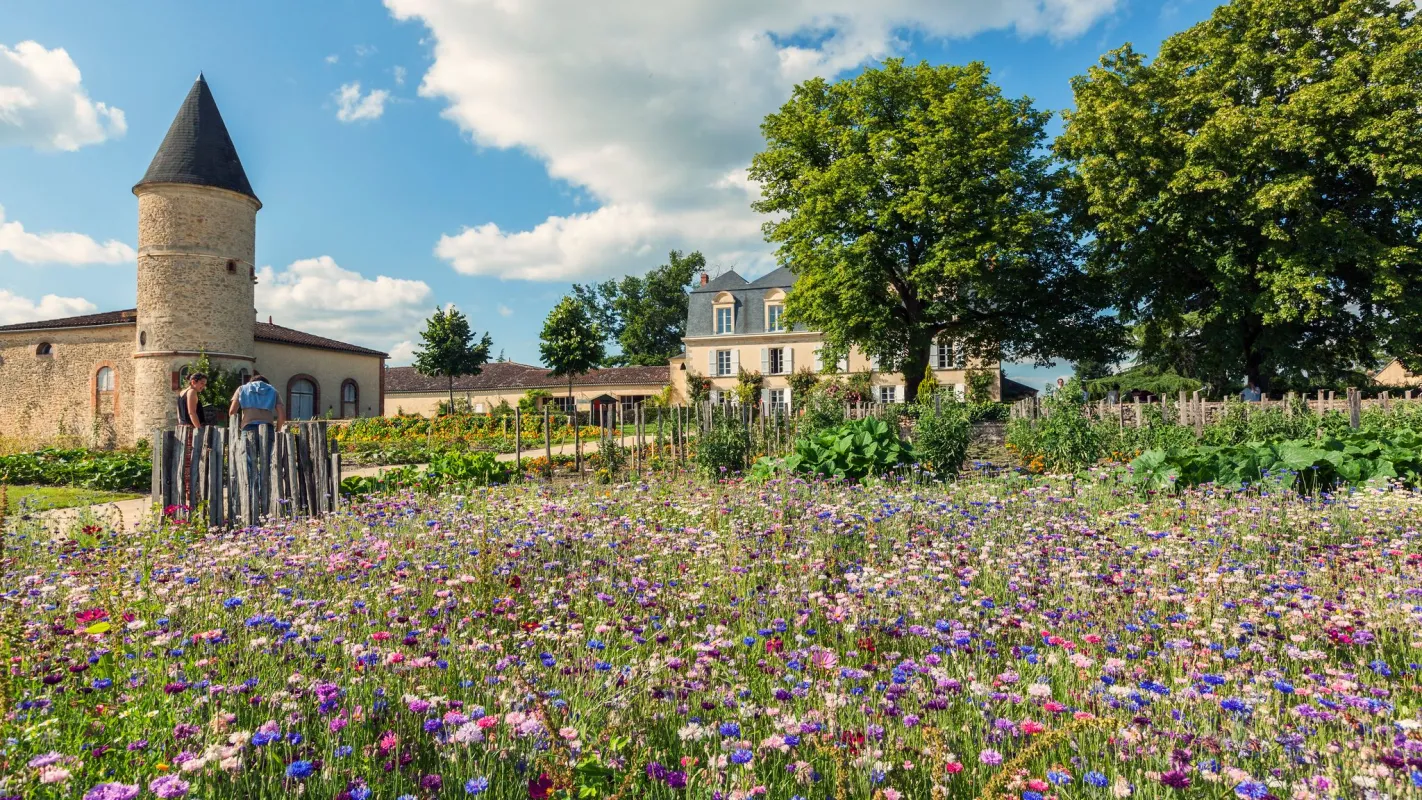
Viticulture and ecological transition - 4 portraits
With the return of the Bordeaux Wine Festival in 2022 in its most inclusive version with an aim of highlighting good viticultural practices, we thought it might be a good opportunity to talk about ecological transition and alternative approaches to wine-growing via four portraits. Flying the flag, we’ll start with Château Guiraud, a veritable ambassador for agroecology, then we’ll present Château Haut-Rian and Château Carsin, respectively represented by Pauline Lapierre and Néa Berglung, who are in the constant process of revising the methods and philosophy espoused by their vineyards. Finally, Adrien Billotte, director of the GDON du Sauternais et des Graves talks to us about the essentiel work done by this little-known entity. We learnt more about the commitments being made across a territory that has just won the European Capital of Smart Tourism award.
Château Guiraud: organic pioneers
The legendary appellation of Sauternes has a pioneer in its ranks! Château Guiraud was one of the first 1855 classification Grands Crus Classées to receive official recognition as an organic property (‘Agriculture Biologique’) in 2011.
Nowadays, Château Guiraud exists outside of time; biodiversity is not just a buzzword here, it is visually evident everywhere in its gastronomy, wine production and history. Luc Planty, the operations manager, pays close attention to the ecosystem, which has been cultivated to enhance their sublime white wines, and he introduces the site’s concepts to its many visitors: 30,000 of them every year. The chateau has adopted an agroecological vision that has led to the creation of a 1800 mm² vegetable patch, where 500 varieties of fruit and vegetables form an odiferous paradise, close to the estate’s vines.
In 2022, the development of the “Château” plot in front of the entrance to Château Guiraud marks an important step in the preservation of local biodiversity as part of a large-scale agroforestry project.
In conjunction with 15 other producers, Château Guiraud created the first ever “conservatory” for Bordeaux’s white grape varieties in 2001. The idea was to preserve the historical record of Sauternes grape varieties, maintain genetic diversity in them, ensure the quality of wines and define the organoleptic profiles of grape varieties. The conservatory shelters 135 vine stumps from the Sauterne appellation’s famous grape varieties: Sémillon and Sauvignon Blanc. At Guiraud, they have invented the notion of an allaction wine-maker.
Château Guiraud
33210 Sauternes
[email protected]
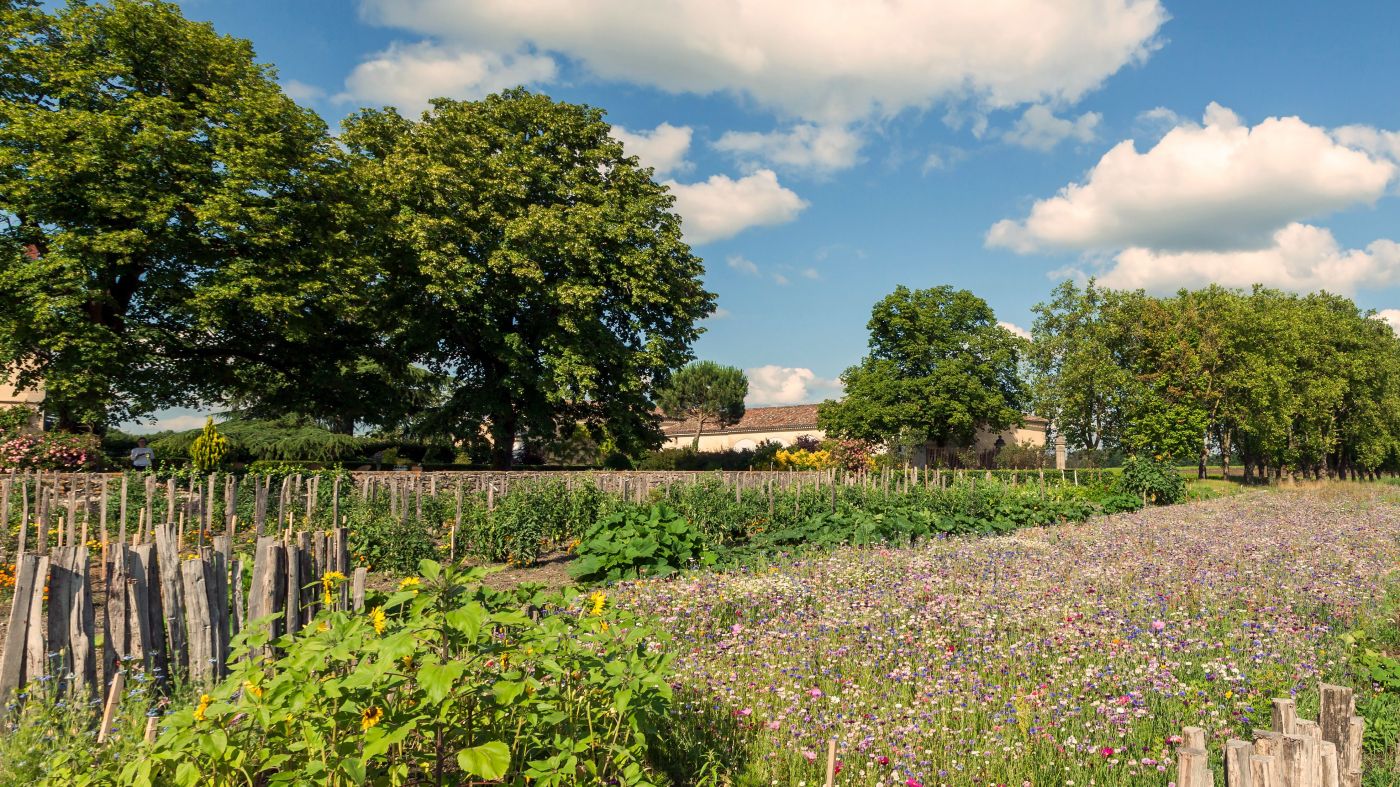
Château Carsin: polyculture with meaning
Nea Berglund’s jolly accent shows hints of her native land of Finland, but her inflections and expressions show her deep connection to Gironde winemaking.
Château Carsin - in the heights of Rions, in the Cadillac Côtes de Bordeaux appellation - is a little corner of paradise, preserved with zeal by the Berglund family since 1990! Once they settled into this well-preserved environment, they never had any thought of spoiling its natural beauty, and so from 2003 onwards they set about applying organic agricultural methods.
The chateau will achieve official organic AB (‘Agriculture Biologique’) status in 2022. Agroforestry is another concern of theirs, forming part of their polyculture farming. On the estate you can find an orchard that is home to 110 trees and features some old species of apricot tree, plus there is a vegetable patch that supplies some of the local restaurants. The 18 hectares of wine-growing land are soon going to play host to some beehives.
Finally, the chateau adds to its ‘Jack of all trade’ credentials by proposing a gite, plus Scandinavian gastronomy-based events and concerts. Primarily, the young lady wants to share her work with the general public, as well as the chateau’s “sensitive” and ecological agriculture. She also wants to break down the barriers of a trade that might appear to be too closed from the outside, inviting people to come as they are. She’ll never be just an ordinary winemaker, as, according to her, “the quest for biodiversity never stops!”.
Château Carsin
197 Route des Côtes
33410 Rions
[email protected]
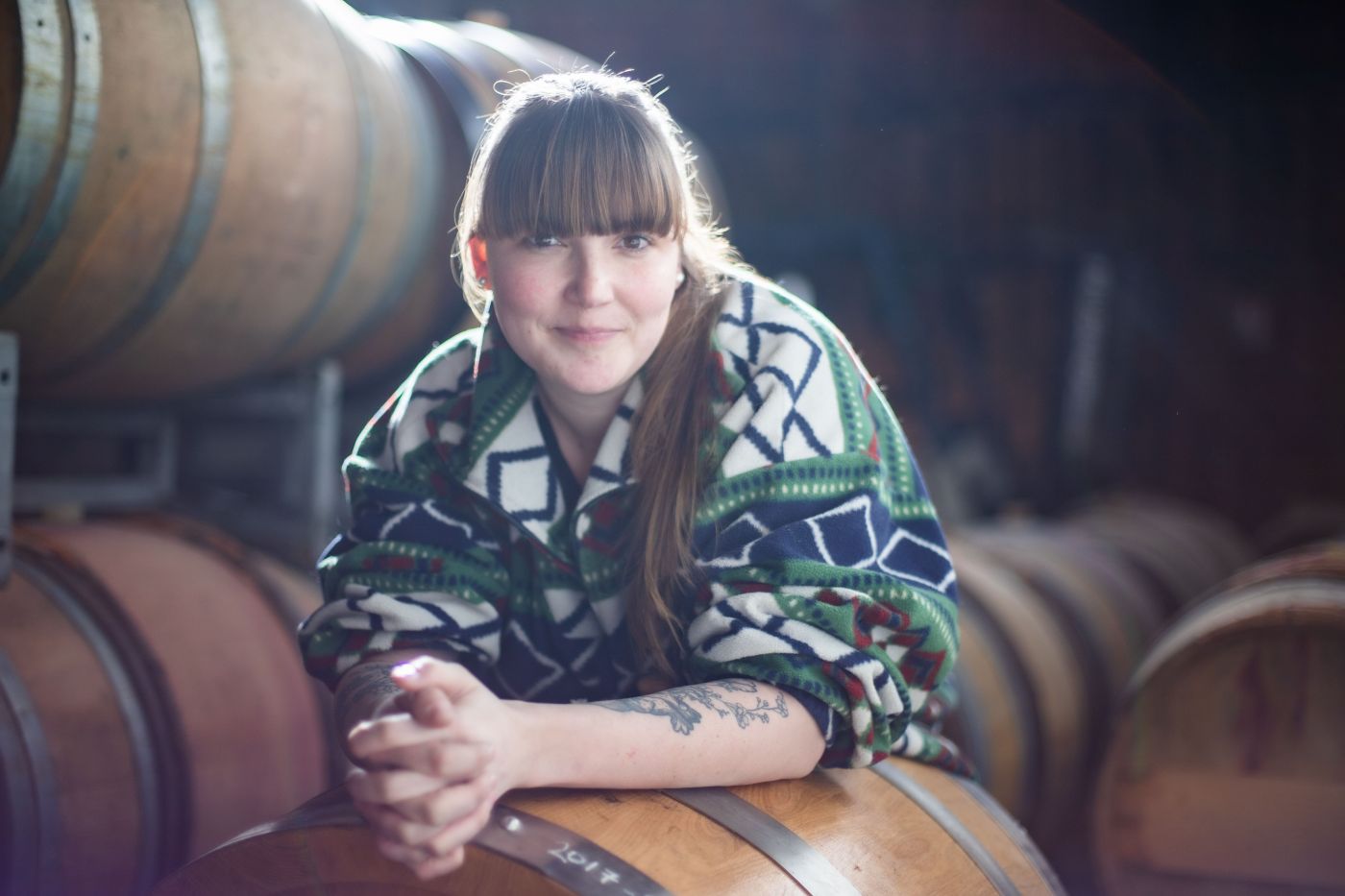
Château Haut-Rian: creating closer ties
Pauline has taken up the Dietrich family mantle in Cadillac Côtes de Bordeaux. Her father, who settled here after moving from Alsace, left her some irrefutable knowledge about how to make great dry white wines. All that the young Pauline had to do was find her own path on the road to a conversion to organic farming. She also must have needed to learn a little more about tending to the lively soils and subsoils found on the property, in order to give new vigour to the right bank’s famous Sémillon grape variety.
With the acquisition of Les Coulous, an organic-certified plot on the hillside clay-limestone soils that overlook the Garonne, the young winemaker started her own open-air laboratory for organic practices, eventually tipping into biodynamic practices. Pauline made the step of adopting such practices across the board in her winemaking. The issue of vegetal cover is at the forefront of her thinking; to that end, she took a course with Konrad Schreiber¹ and Alain Canet². Her work with the Big Impact association³ means that her commitments don’t end with her often restrictive remit of organic winemaking. The young producer aims to give meaning to a job that is threatened with disaster.
In Paillet, Big Impact has planted 1200 trees for its 1200 residents. By the end of the year, 200,000 trees will have been planted both here and in neighbouring communes. Pauline wants to bring farmers closer to their local population through meaningful initiatives that add a social dimension to her work.
¹ An agronomist, specialist in living soils, co-founder of Ver de terre Production and La Vache Heureuse
² An agronomist and agro-forester, managing director of Arbre et Paysage
³ An association that offers engineering solutions to act directly in neighbourhoods, villages and on farming sites.
Château Haut-Rian
La Bastide
33410 RIONS
05 56 76 95 01
[email protected]
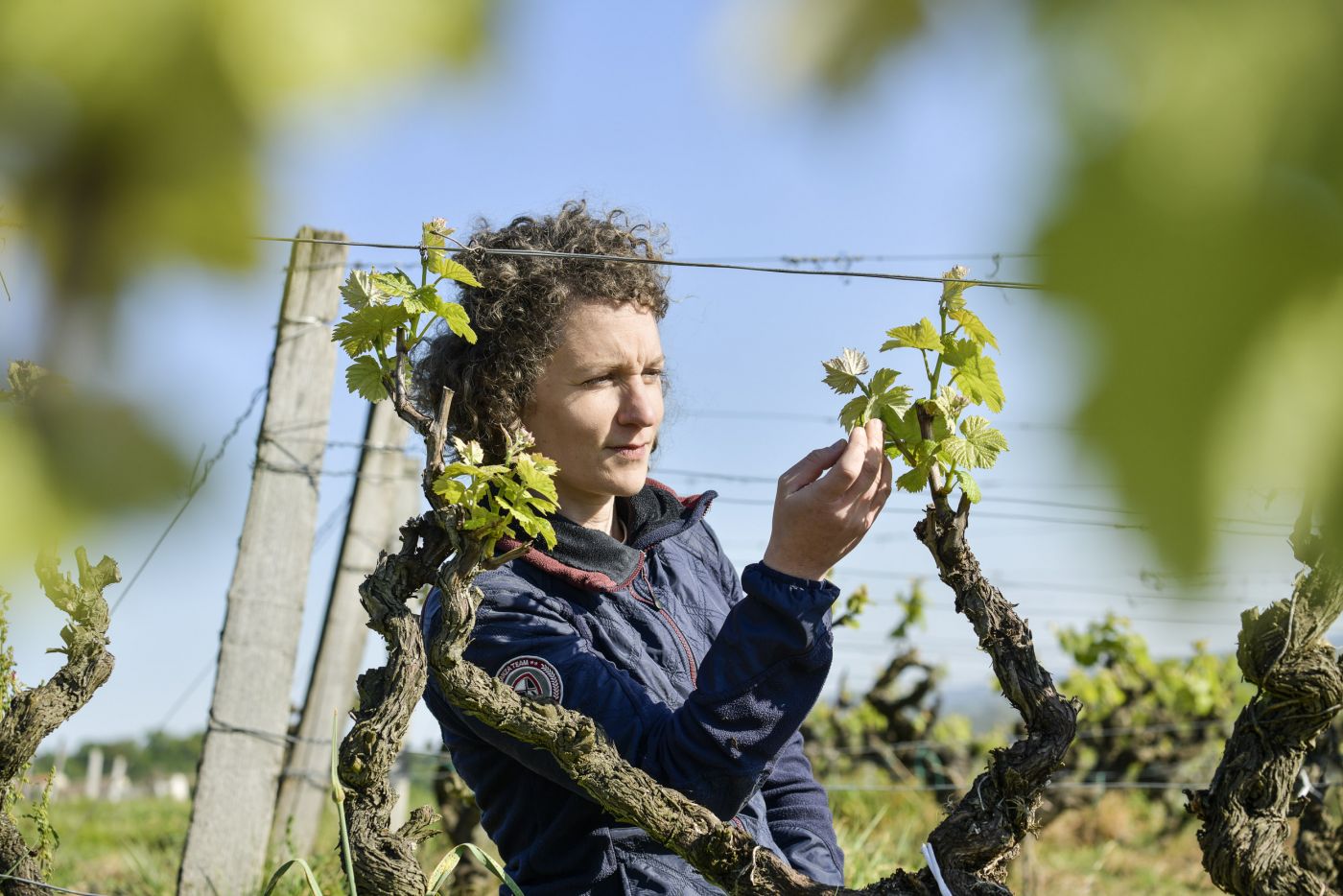
GDON: the surveyors of the vines
According to their Sauternes and Graves-based director, Adrien Billotte, the GDON (“the Defence Group against Harmful Organisms”) aims to fight against a grapevine phytoplasma disease, “flavescence dorée”. Behind this somewhat fancy name lies a real scourge, which can compromise harvest and devastate wineries. The real cause is a bacteria, a phytoplasma, which is spread by sap-sucking insects: the American grapevine leafhopper.
Under Adrien’s leadership, the teams at the GDON identify vine stocks that show symptoms. Another means of resisting this disease is by using insecticides. Adrien wants to make good use of his teams’ prospecting to measure the presence of auxiliaries and emerging destructive presences, with the help of an entomologist.
Moreover, the head of the GDON notes that the south of the Gironde department is a gateway to the rest of the region for such pests, and is campaigning to establish an epidemic surveillance post that will ultimately limit the size of zones treated using pesticides, as such reducing their total use. As a facilitator, Adrien Bellotte creates essential links between the wine-growers - alongside whom he works on a daily basis - and research institutes, such as the INRA.
GDON du Sauternais et des Graves
[email protected]
